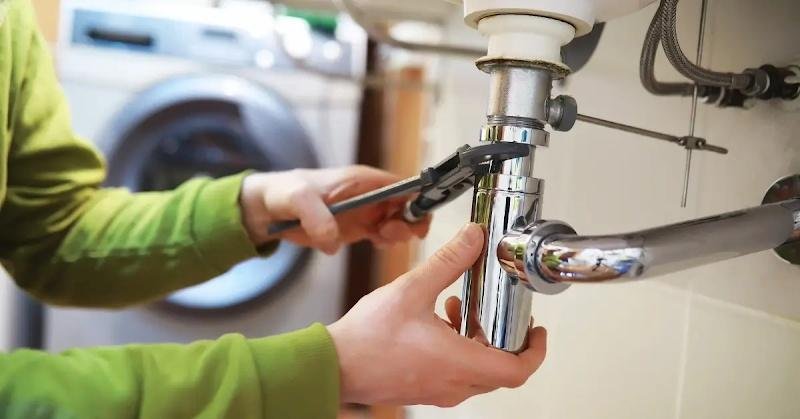In the current economic landscape, plumbing businesses often search for effective strategies to cut costs without compromising the quality of their services. Tight budgets call for innovative approaches to managing plumbing operations. From adopting new technologies to fostering strong supplier relationships, various methods can help plumbing entrepreneurs maximize their resources. Below, we explore practical tips for plumbing professionals looking to maintain fiscal responsibility while delivering exceptional service.
Sourcing Affordable Materials without Compromising Quality
Plumbing businesses can significantly reduce operational costs by sourcing materials at competitive prices without sacrificing quality. Establishing partnerships with wholesalers who offer bulk purchasing discounts can lead to considerable savings. Another key strategy is to keep abreast of market trends and purchase inventory during sales cycles or when new product lines are introduced.
Quality control is non-negotiable despite the pursuit of affordability. Plumbing companies should thoroughly assess the reliability and performance of materials before committing to purchases. Long-term relationships with trusted suppliers can often lead to advantageous pricing on high-standard materials. A quick Google search for “whole sale bidet toilet combos” could reveal that choosing a combined unit rather than separate components may provide both quality and cost savings.
Employing a just-in-time inventory system can also reduce costs associated with stockpiling materials. By keeping inventory levels in line with upcoming projects, plumbing services are less likely to suffer from dead stock—items that are never used and eventually become a financial drain. This approach entails a more intricate planning approach but can lead to substantial savings.
Looking beyond traditional supply options can also unveil cost-saving opportunities. For example, sustainable and reconditioned materials may prove to be both environmentally friendly and budget-conscious choices, provided they meet the required standards for safety and performance.
Implementing Preventive Maintenance to Reduce Costs
Preventive maintenance is a critical aspect of cost-saving strategies within the plumbing industry. By regularly checking plumbing systems and addressing minor issues before they escalate, businesses can prevent expensive emergencies and extend the lifespan of plumbing infrastructure. This proactive approach not only safeguards against unforeseen expenses but also maintains customer satisfaction.
Creating a maintenance schedule is vital to stay on top of potential problems. By implementing a clear plan, plumbing teams ensure consistency in service delivery and can plan their workload more efficiently. Preventive maintenance often includes regular inspections, drain cleaning, and pressure tests, which can stave off major issues.
Educating customers on best practices for plumbing care is another element of preventive measures. When clients understand how to appropriately use and maintain their systems, they are less likely to encounter severe problems. This strategy helps to build trust and positions the plumbing service as a knowledgeable and reliable advisor.
The cost of preventive maintenance is frequently less than emergency repairs. Although some clients may be hesitant to schedule regular check-ups, emphasizing the long-term savings and the inconvenience of major repairs can be persuasive. Delivering such value-added services solidifies customer relationships and ensures a steady stream of revenue.
Training Your Team for Multifunctional Roles
Investing in comprehensive training for plumbing technicians can lead to a more agile and efficient workforce. Cross-training employees to handle multiple job functions can reduce the need for specialists for each task, allowing for more flexible scheduling and better allocation of human resources. This strategy promotes a broader skill set within the team and greater adaptability.
When employees can manage a variety of roles, plumbing companies can save on hiring additional staff. Another benefit of a multifunctional team is the capability of providing a wider range of services to customers, which can open up new revenue streams. Upskilling can also lead to higher employee satisfaction, as it provides personal development opportunities and a sense of progression.
On-the-job training, combined with formal educational courses, can ensure that staff members stay current with the latest industry practices and technologies. Staying abreast of innovations makes the business more competitive and responsive to market changes. The initial investment in training can be recouped through more efficient service delivery and the ability to charge for a broader array of services.
However, it is essential to balance the demands of a multifunctional role with the need for depth of expertise. Plumbing businesses must still have access to a level of specialization that will be crucial for complex projects or niche service areas.
Overall, plumbing businesses can thrive on a tight budget by embracing strategic sourcing, preventive maintenance, and cross-training initiatives that reduce operational costs. By implementing these cost-effective strategies, companies can maintain high-quality service while maximizing resources and staying competitive in a challenging market.










